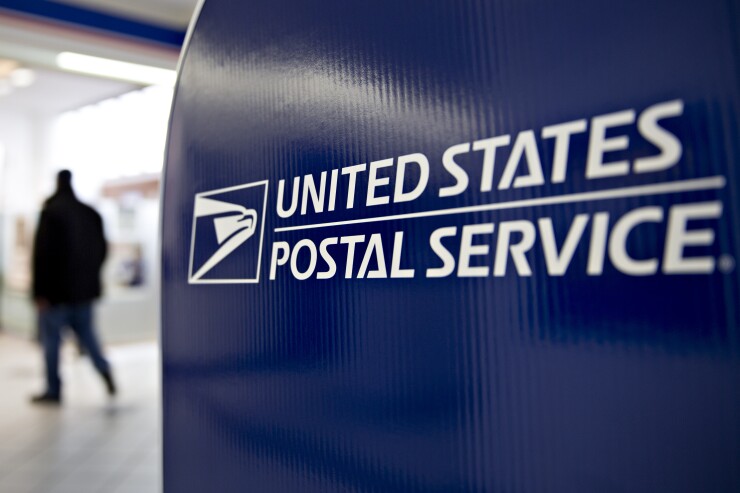Unlike fine wine, bad ideas do not get better with age. After the U.S. Postal Service’s inspector general four years ago proposed adding small-dollar lending to its job description, new legislation would make it so. Sen. Kirsten Gillibrand’s Postal Banking Act
The IG proposal was an attempt to help clear up the post office’s woeful financial picture, projecting an additional $8.9 billion in annual revenues for the cash-strapped agency. Gillibrand, however, has even grander goals — wiping out payday lenders “overnight.”
Either way, the idea is a dead letter. The proposal would put the livelihoods of many Americans in the hands of a government agency with zero experience in underwriting loans and that cannot even balance its own books while putting taxpayers at risk of further bailouts.

Financial services are best provided in a competitive, private and free marketplace so they can openly and efficiently benefit customers. Community banks and other financial institutions already offer low-cost financial services to underserved communities to help them break away from the debt cycle of payday lenders.
Community banks and other financial institutions put a premium on hiring professionals who are educated, trained and experienced in the many and often complex facets of banking. They wouldn’t want customers’ finances entrusted to anyone less, but that is precisely what would happen if the post office were allowed to offer financial services.
The post office’s inability to manage its own primary business of selling postage and delivering mail suggests it is ill-equipped to handle credit or lending. The Government Accountability Office last year said the USPS
Because the agency has long since exhausted its $15 billion borrowing authority and cannot borrow another dime from U.S. taxpayers, it is in desperate need of new sources of revenue. Former Postmaster General Patrick R. Donahoe famously told Congress that the Postal Service has a “broken business model.” If the money-hemorrhaging Postal Service can’t efficiently operate its primary business, then we shouldn’t expect it to take this broken model into the banking sector — at least not successfully.
While entering the struggling government agency into banking is partly designed to save it from bankruptcy, this would only place taxpayers at further risk of having to subsidize or rescue the agency.
Banking and finance are inherently risky. Investments don’t always pay off, and sometimes borrowers default on their loans. If Congress pushes the post office into the banking industry, it will expose taxpayers to additional subsidies and financial rescues down the road. This proposal is yet another taxpayer-funded rescue for a too-big-to-fail institution.
Washington has been known to put good money after bad, and this is a classic case. Turning mail carriers into bank tellers and further inserting the federal government into our personal finances would not ward off insolvency at the Postal Service. Quite simply, the USPS is unprepared, untrained and unqualified to handle the financial future of our nation’s citizens.





